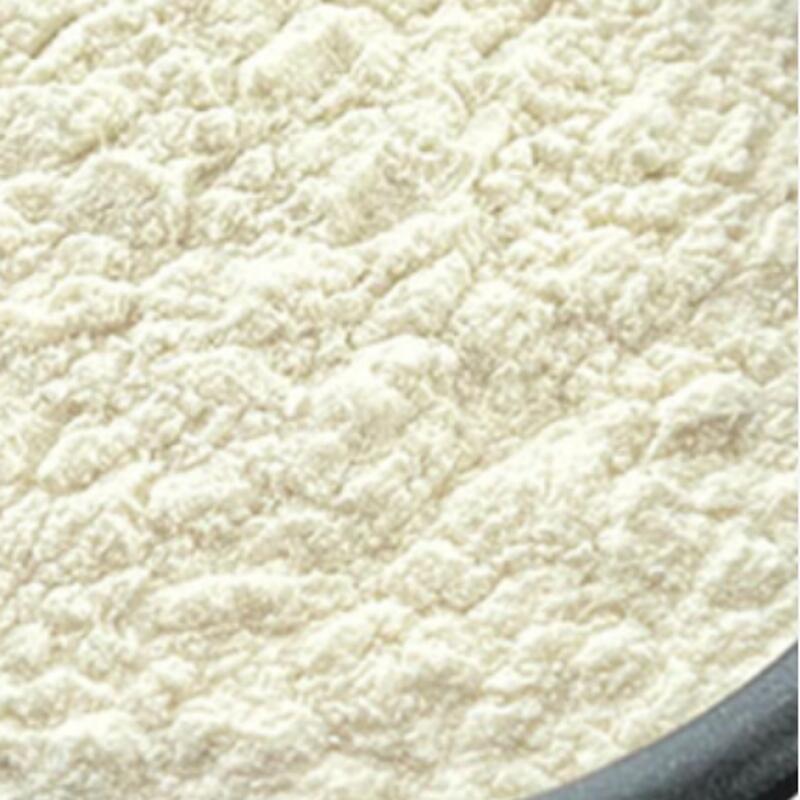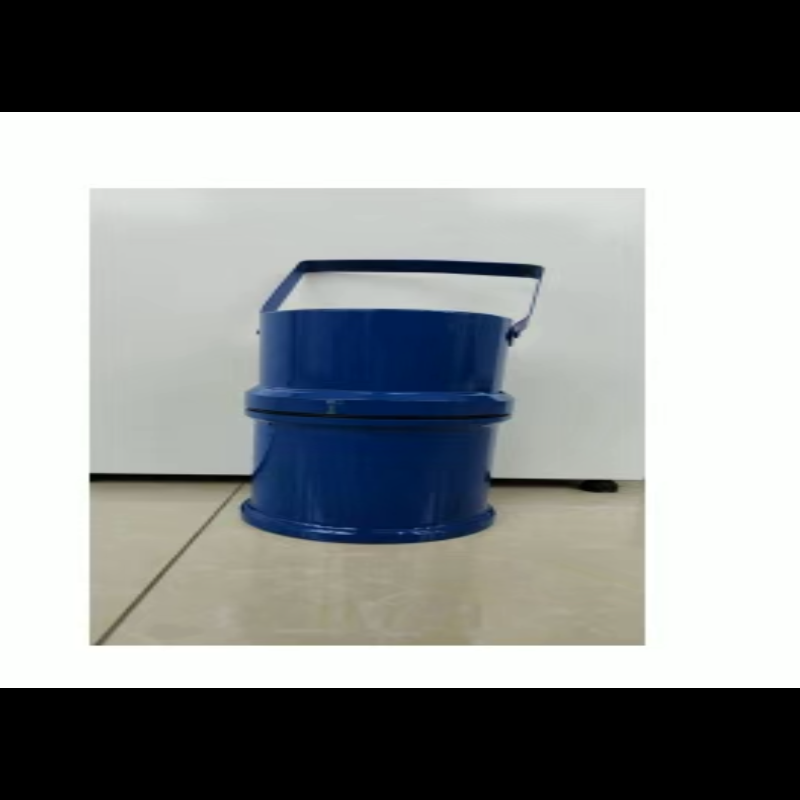-
Categories
-
Pharmaceutical Intermediates
-
Active Pharmaceutical Ingredients
-
Food Additives
- Industrial Coatings
- Agrochemicals
- Dyes and Pigments
- Surfactant
- Flavors and Fragrances
- Chemical Reagents
- Catalyst and Auxiliary
- Natural Products
- Inorganic Chemistry
-
Organic Chemistry
-
Biochemical Engineering
- Analytical Chemistry
-
Cosmetic Ingredient
- Water Treatment Chemical
-
Pharmaceutical Intermediates
Promotion
ECHEMI Mall
Wholesale
Weekly Price
Exhibition
News
-
Trade Service
15.
2.
1.
1 Scope of application
Suitable for liquid chromatography of carbachol and its metabolites deoxycarbaoxide, quinoxaline-2-carboxylic acid and olaquindox metabolite 3-methylquinoxaline-2-carboxylic acid residues in cattle, pig muscles and liver -Tandem mass spectrometry
.
Detection limit of the method: carbachol, deoxycarbaoxide , quinoxaline-2-carboxylic acid and 3-methylquinoxaline-2-carboxylic acid are all 0.
15.
2.
1.
2 Principle of the method
The carbachol in muscle and liver tissues was extracted with acetonitrile + ethyl acetate (1+1, v/v) solution, and the extract was degreased with n-hexane and rotary evaporated to dryness.
The residue was used formic acid (0.
1%) + methanol (19 +1, v/v) The solution dissolves
.
The sample solution was determined by liquid chromatography-tandem mass spectrometer and quantified by internal standard method
15.
2.
1.
3 Reagents and materials
Methanol, acetonitrile, formic acid: chromatographically pure; n-hexane, acetic acid, concentrated hydrochloric acid, sodium acetate , dimethylformamide, ethyl acetate: analytically pure; neutral alumina: 200~300 mesh: acetonitrile + ethyl acetate solution : (1+1, v/v)
.
Ethyl formate solution: 2%
.
Add 10 mL of formic acid to 400 mL of ethyl acetate, and dilute to 500 mL with ethyl acetate; formic acid solution: 0.
Standard stock solution: 100mg/L
.
Accurately weigh the appropriate amount of standard materials, dissolve the carbachol with dimethylformamide to make the volume constant, and dissolve the remaining standard materials with methanol to make the standard stock solution of 100mg/L, store it at -18°C, and use it for 1 year
Matrix mixed standard working solution: According to the sensitivity and use needs, the blank sample extract is used to prepare matrix mixed standard working solutions of different concentrations (μg/L), stored at 4°C, and can be used for 1 week
.
Internal standard working solution: accurately weigh an appropriate amount of internal standard standard material, dissolve it in methanol to a constant volume, and prepare a 100μg/L standard working solution.
Store it at 4°C.
It can be used for 1 week
.
Anion exchange column: Oasis MAX 60mg, 3mL, or equivalent
.
Activate with 3mL methanol and 3mL water respectively before use, and keep the column moist
15.
2.
1.
4 Instruments and equipment
Liquid chromatography-tandem mass spectrometer: equipped with electrospray ion source; solid phase extraction device; nitrogen concentrator; liquid mixer; analytical balance: sensitivity 0.
1mg and 0.
01g; vacuum pump; homogenizer; pipette: 10~100uL and 100~1000uL; polypropylene centrifuge tube: 50mL with stopper; pH meter: measurement accuracy ±0.
02pH unit; low temperature centrifuge: can be cooled to 4℃; glass centrifuge tube: 15mL
.
15.
2.
1.
5 Sample preparation
(1) Sample preparation
The bovine, pig liver and muscle tissue samples were fully crushed, homogenized, 0.
5 kg was separated as a sample, placed in a clean sample container, sealed, and marked
.
Store the prepared samples below -18°C
(2) Pretreatment steps of carbachol
Weigh 5g sample, accurate to 0.
01g
.
Place it in a 50mL polypropylene centrifuge tube and add 5g of neutral alumina
Repeat the above steps once, combine the two extracts in the same chicken heart bottle, add a certain amount of quinoxaline-2 carboxylic acid-d4 standard solution to a concentration of 2.
0ng/g, in a water bath at 40°C, and rotary evaporate under reduced pressure to Dry
.
Accurately add 1.
(3) Pretreatment steps of deoxycarbazone, quinoxaline-2-carboxylic acid, and 3-methylquinoxaline-2-carboxylic acid
Weigh 5g sample, accurate to 0.
01g
.
Place in a 50mL polypropylene centrifuge tube, add 10mL 0.
6% formic acid solution, mix well, place in 47℃±3℃ shaking water bath and shake for 1h; first add 3mL 1.
0mol/L Tris solution and mix well, then add 0.
3mL After mixing the protease solution thoroughly, place it in a shaking water bath at 47℃±3℃ for 16~18h
.
Add 20mL 0.
3mol/L HCI, shake for 5min, centrifuge at 5000r/min at 10℃ for 15min, and filter the supernatant
.
Transfer the filtrate to the Oasis MAX solid-phase extraction column.
After the sample solution has all flowed out, rinse the solid-phase extraction column with 30 mL of sodium acetate + methanol solution and vacuum dry for 15 min
.
Add a certain amount of quinoxaline-2 carboxylic acid-d4 standard solution into a clean glass tube to make the concentration 2.
0ngg, and then use 4×3mL dichloromethane to elute the deoxycarbazone into the tube.
Blow dry with a nitrogen concentrator at ℃
.
The solid phase extraction column was rinsed with 3×3mL methanol, 3mL water, 3×3mL 0.
1mol/L hydrochloric acid and 2×3mL methanol+water solution respectively, vacuumed for 15min, and then rinsed the solid phase with 2mL ethyl acetate.
Extraction column, discard all the eluate, and finally elute quinoxaline-2-carboxylic acid and 3-methylquinoxaline-2-carboxylic acid with 3mL formic acid + ethyl acetate solution into the test tube, and use it at 45℃ Dry the nitrogen concentrator
.
Accurately add 1.
0mL of 0.
1% formic acid + methanol solution to dissolve the residue, pass through a 0.
2um filter membrane, and use liquid chromatography-tandem mass spectrometer for determination
.
Related Links: Determination of Quinoxaline Drug Residues-Immunoassay







